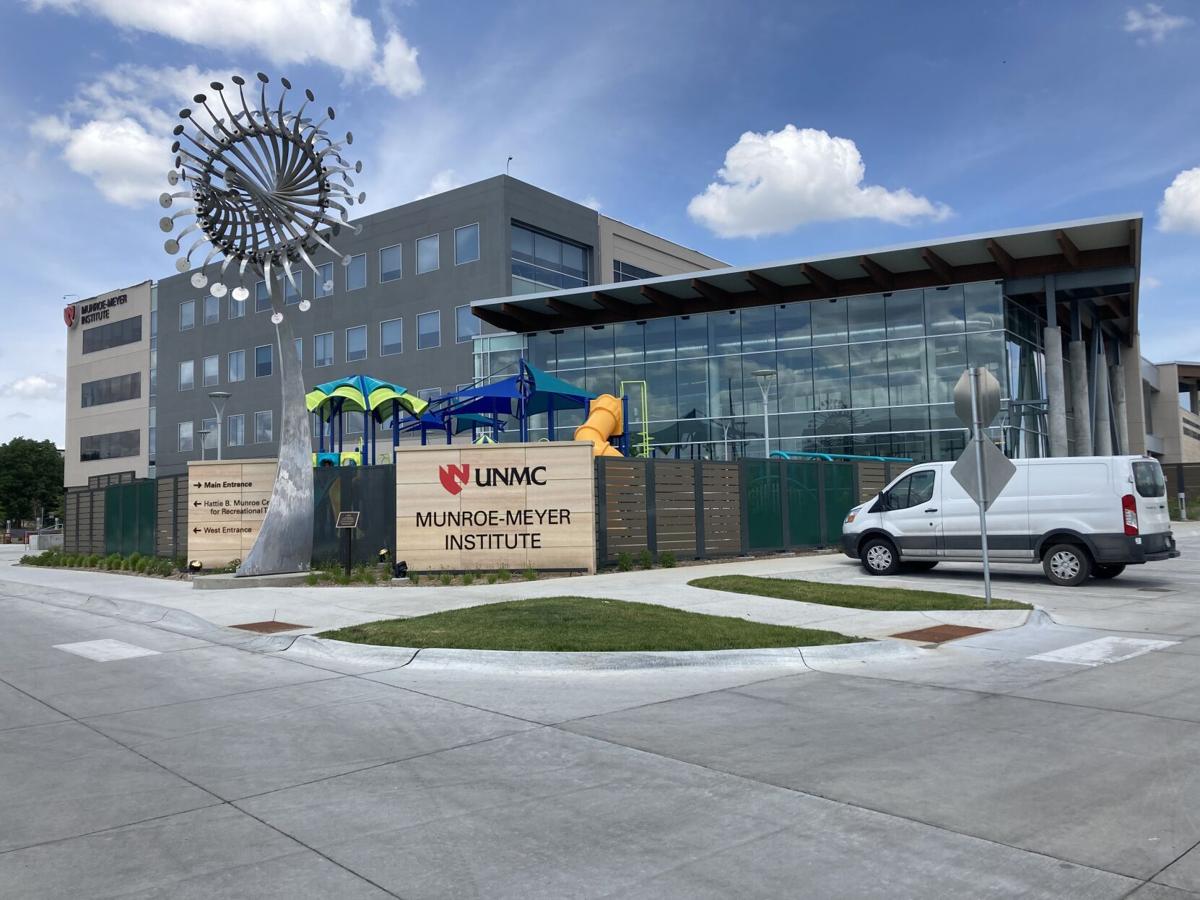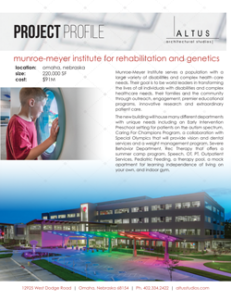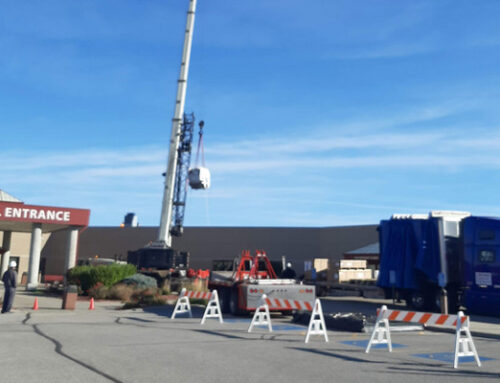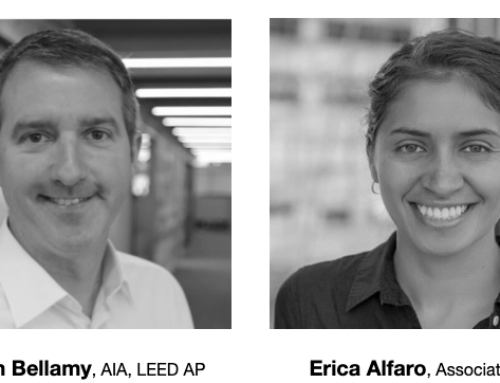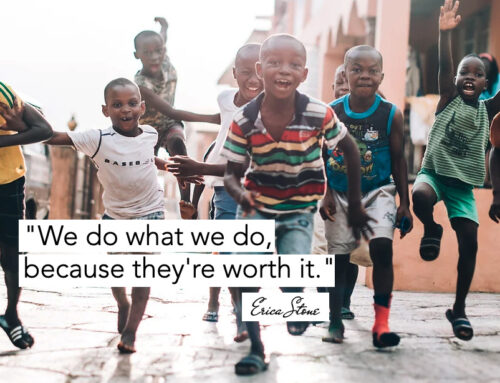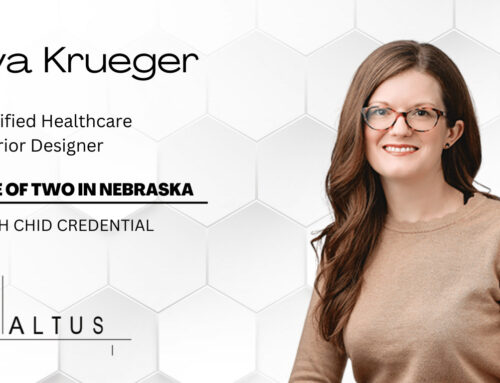Julie Anderson, THE WORLD-HERALD
OMAHA, NE (June 8, 2021) The Munroe-Meyer Institute’s new $91 million home features cold- and warm-water pools, an indoor splash pad and state-of-the art physical therapy and virtual reality labs intended to provide the care needed by people with intellectual and developmental disabilities.
But Dr. Karoly Mirnics, the institute’s director, said what he hopes to see in the faces of patients when they walk into the facility, which was dedicated Tuesday, is a sense of belonging.
“… That they are part of this enterprise, that this enterprise was built for them and that it represents a promise that we will do our best to help them reach their potential,” Mirnics said. “And we are not there only for one day. We are there for a lifetime.”
Timothy Shriver, chairman of the board of Special Olympics International, said the new facility and what it contains offer an answer to the questions swirling today in the United States around diversity, equity and inclusion.
Certainly, the renovated building near 69th and Pine Streets in Aksarben Village, formerly owned by First Data, no longer looks much like an office building. Visitors first see a colorful outdoor playground and a kinetic sculpture titled “Soar.”
The 220,000-square-foot structure provides more than double the space the institute occupied on the University of Nebraska Medical Center’s main campus. It offers not only room to provide more effective care, education and research but also space to grow.
Mirnics said the institute tallies between 80,000 and 90,000 visits a year. With the new facility, it will have the capacity to expand to 150,000 annual visits.
Any growth, he said, must be undertaken thoughtfully so as not to sacrifice quality. Adding staff takes time. Munroe-Meyer Institute, with about 550 employees, already is the second-largest academic unit within UNMC, behind the College of Medicine.
Mirnics said the institute also operates outside the building, with a location specializing in autism care for toddlers near 90th and Q Streets and another one opening in North Omaha with philanthropic support. His dream in the next 10 years is to have such facilities across the state. The institute provides services in about 40 communities statewide.
Kaleb already has participated in an open gym night and open pool night at the new building. He and his friends are looking forward to future activities.
Susan Gass also has helped with adult art and cooking classes. The new facilities, she said, are inspiring and “make me glad for what’s coming around the bend for my son.”
Among other features of the new building are a simulated apartment space with a kitchen and a living space where people can work on independent living skills with therapists, sheltered “escape coves” tucked into the sides of hallways where clients, parents or family members can take breaks, a soft play area off the main lobby and community rooms for use by the institute’s partner organizations.
The bulk of the money for the project came from private donors, with $10 million in state bond money. Major contributors include the Weitz Family Foundation, the William and Ruth Scott Family Foundation, the Suzanne & Walter Scott Foundation, the Hattie B. Munroe Foundation, Clarkson Regional Health Services, the Holland Foundation, the Robert B. Daugherty Foundation and the Lozier Foundation.
Original Source: THE WORLD-HERALD

